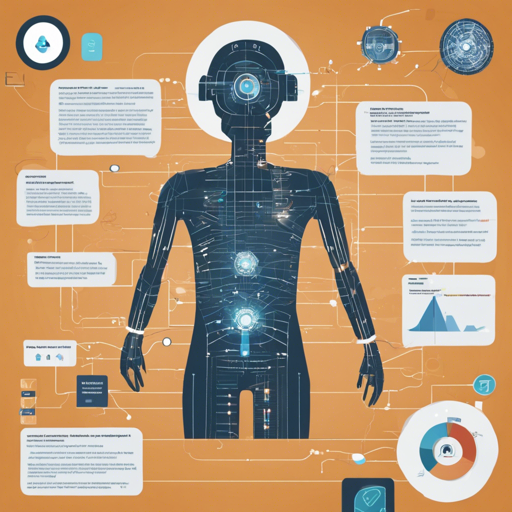The Phi-3.5-vision-instruct model is a state-of-the-art multimodal AI model designed to handle both text and image inputs. This guide will take you through the process of using this model effectively, including set-up, usage, and troubleshooting tips. Whether you’re a developer looking to implement it in your applications or a researcher exploring its capabilities, this article is tailored for you.
What is the Phi-3.5-Vision Model?
The Phi-3.5-vision model is a lightweight AI model that excels in interpreting images and text, making it ideal for a variety of applications. It offers functionalities such as:
- Multi-frame image understanding
- Optical character recognition
- Chart and table understanding
- Summarization of multiple images or video clips
This model leverages diverse training data to ensure it can handle a wide array of requests, making it a powerful tool for both commercial and research applications.
Getting Started
To get started with the Phi-3.5-vision model, you’ll need to follow these steps:
1. Requirements
Ensure you have the following libraries installed:
flash_attn==2.5.8
numpy==1.24.4
Pillow==10.3.0
Requests==2.31.0
torch==2.3.0
torchvision==0.18.0
transformers==4.43.0
accelerate==0.30.02. Setting up the Model
You can load the model locally using the following Python code:
from PIL import Image
import requests
from transformers import AutoModelForCausalLM, AutoProcessor
model_id = 'microsoft/Phi-3.5-vision-instruct'
model = AutoModelForCausalLM.from_pretrained(
model_id,
device_map='cuda',
trust_remote_code=True,
torch_dtype='auto',
_attn_implementation='flash_attention_2'
)
processor = AutoProcessor.from_pretrained(model_id, trust_remote_code=True, num_crops=4)In this analogy, consider the loading of your model like preparing a recipe:
- Ingredients (Model ID): Just like you would gather the ingredients for a dish, you start by specifying the model ID.
- Preparation (Loading Model): Loading the model is akin to prepping your cooking tools and mixing ingredients. You ensure that everything works seamlessly together for the best outcome.
- Cooking (Inference): Finally, running the model and obtaining outputs is like cooking your dish to perfection based on the ingredients you prepped.
3. Inputting Data
The Phi-3.5-vision model works best with inputs formatted in a chat format:
user
image_1
prompt
end
assistant
This allows the model to understand the context and provide accurate responses based on your input.
Best Practices for Usage
Here are some helpful tips for maximizing the potential of the Phi-3.5-vision model:
- Use multiple image placeholders when needed.
- Keep an eye on resource management to avoid out-of-memory errors.
- Regularly update your libraries and dependencies to the latest versions.
Troubleshooting
While using the Phi-3.5-vision model, you might encounter some challenges. Here are common troubleshooting ideas:
- Out of Memory (OOM) Errors: If you face OOM issues while processing images, consider reducing the number of images or frames being processed.
- Model Performance Issues: Ensure that your environment is properly set up with the required libraries (as mentioned in the requirements).
- Unexpected Outputs: If the model produces unexpected results, revisit your input format and verify that everything adheres to the expected structure.
For more insights, updates, or to collaborate on AI development projects, stay connected with fxis.ai.
Conclusion
The Phi-3.5-vision model is a revolutionary tool that allows for a blend of visual and textual understanding. By following the outlined steps and best practices, you can efficiently implement it in your projects.
At fxis.ai, we believe that such advancements are crucial for the future of AI, as they enable more comprehensive and effective solutions. Our team is continually exploring new methodologies to push the envelope in artificial intelligence, ensuring that our clients benefit from the latest technological innovations.

